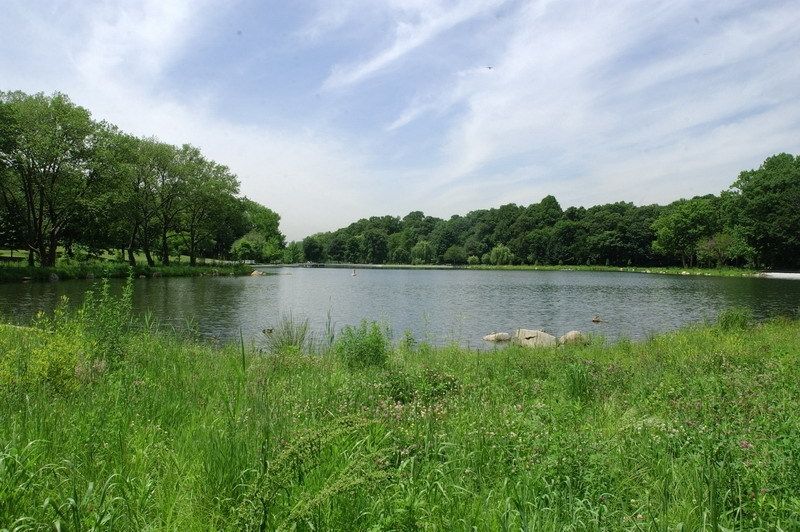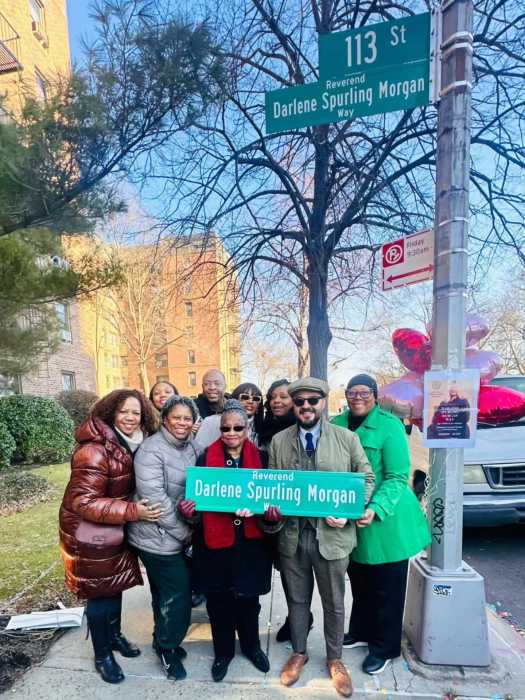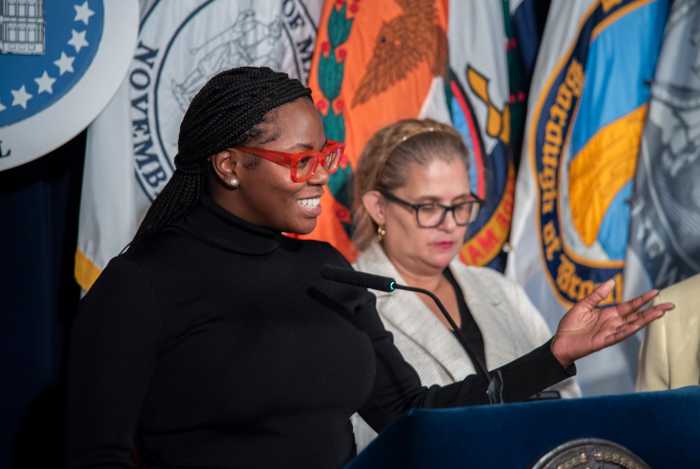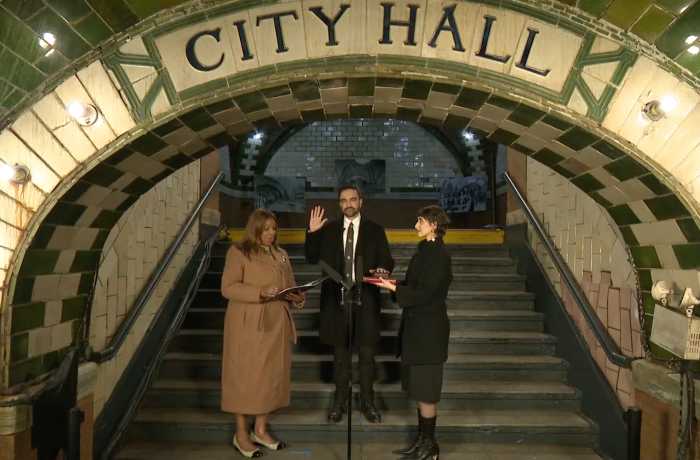The city’s Department of Environmental Protection (DEP) is working on several projects to better manage stormwater in the neighborhoods around Kissena Park in Flushing during periods of intense rain, according to City Councilwoman Sandra Ung.
Last month, Ung spearheaded a letter that was sent to Mayor Eric Adams requesting the administration update elected officials on the efforts being made to mitigate flooding in the area.
“We are seeing the effects that climate change is having on our world right here in Flushing,” Ung said. “Incidents of extreme weather are leading to more frequent flooding that is having devastating and dangerous consequences for the people who live around Kissena Park. There will not be one easy solution to this issue, but I was encouraged to learn about some of the projects underway to help mitigate the issue in the near term.”
In September 2021, remnants of Hurricane Ida caused massive flooding that resulted in seven deaths throughout Queens. In Flushing, a family of three died when the flood waters inundated their basement apartment on Peck Avenue.
In September 2022, a cloudburst dropped an unusual amount of rain in the same area, again causing devastating flooding. This year, homeowners in the area experienced more intense flooding from a rainstorm on the evening of April 30.
“Unfortunately, these increasingly common weather events don’t just affect Peck Avenue; homes on Rose Avenue, Quince Avenue, Robinson Avenue and Kissena Boulevard also routinely experience flooding,” Ung wrote in her letter to the mayor. “In an unsettling development, other streets and homes around Kissena Park that were relatively unaffected in the past have not been as fortunate during recent storms.”
There are two types of flooding that occur at Kissena Park: overland flooding and system surcharging. System surcharging occurs when the existing sewer system is not large enough to handle the amount of rainfall and water is forced back up through the system out of gutters and into basements. Overland flooding occurs when rainwater flows downhill and collects in low-lying areas.
In October, DEP officials announced that a drainage study was underway to understand the costs and feasibility of a large-scale, traditional infrastructure project in the area. The results of that study found that due to the complexity of the drainage area around Kissena Park, a traditional sewer upgrade project would cost billions of dollars and take decades to complete.
During their presentation for Ung, a DEP representative said the agency is now evaluating a phased approach to sewer modifications, upgrades and storage solutions to reduce surcharging and address the underlying cause of flooding in the community. The agency plans to meet with Flushing residents in the fall to share the results of that study.
While infrastructure upgrades to prevent system surcharging will be expensive in cost and expansive in scope, DEP has proposed several projects in the near term to manage overland flooding and relieve some of the stress on the sewer system.
This year, DEP announced that Kissena Park would be part of the first round of cloudburst hubs, a project designed to intercept stormwater during intense rainfall and store it before it can enter the sewer system. The design work is expected to begin this fall.
Similarly, this summer the Parks Department will create a large rain garden in Kissena Park at Booth Memorial Avenue to begin to provide flood relief, with two more projects inside the park planned for the summer of 2024.
A representative from the Mayor’s Office of Climate and Environmental Justice also joined the presentation to discuss a component of PlaNYC to acquire sites that experience chronic flooding and convert the land into resilient and sustainable uses.
The city is dedicating $1 million in federal Hurricane Ida funding to determine the cost of such a program and how to leverage state and federal funding to support voluntary acquisition in flood-prone communities. That program is expected to launch in 2025.
According to Ung, she was pleased to learn that the city intends to launch a program using state and federal dollars to purchase homes and relocate residents interested in moving from flood-prone areas.
In her letter, Ung noted that several Peck Avenue residents have contacted her office to inquire about a home repurchasing program.
“We suggest that you consider launching this program on Peck Avenue,” Ung wrote. “The area of primary flooding concern is only one block long and consists of just a handful of homes. If the city can successfully relocate these homeowners and convert their lots into resilient parcels, it could serve as a model for how the program can be administered to residents living in chronically flood-prone areas across the city.”
Over the summer, DEP will host town halls in flood-prone communities to share information to better prepare residents to handle extreme weather events and distribute free flood kits to help them protect their properties. And in the fall of 2023, FloodNet Sensors will be installed along Peck Avenue to provide real-time street flooding data.
“I am committed to working with DEP and my fellow elected officials to advance these projects, as well as partnering with the community to keep them informed and gather their input as we work toward permanent solutions,” Ung said.



































